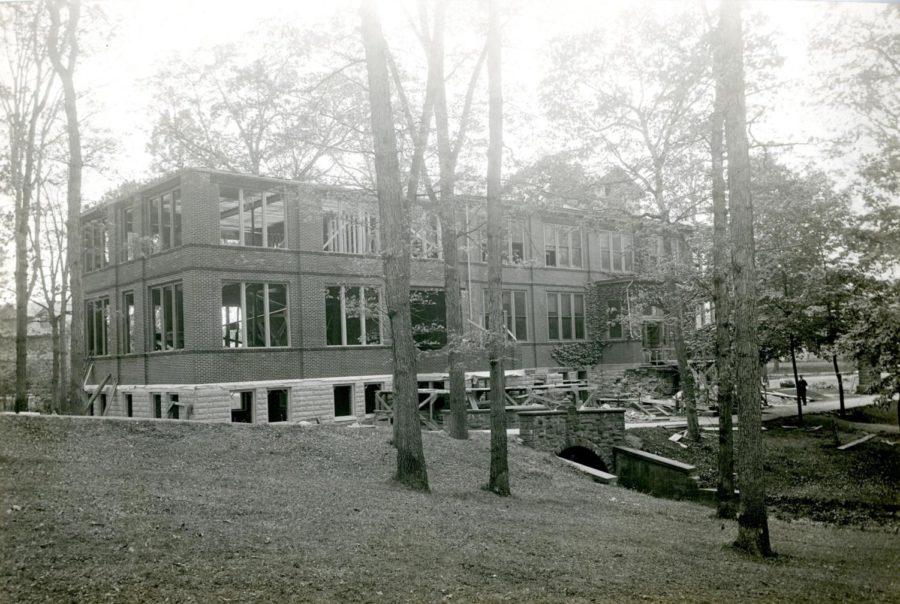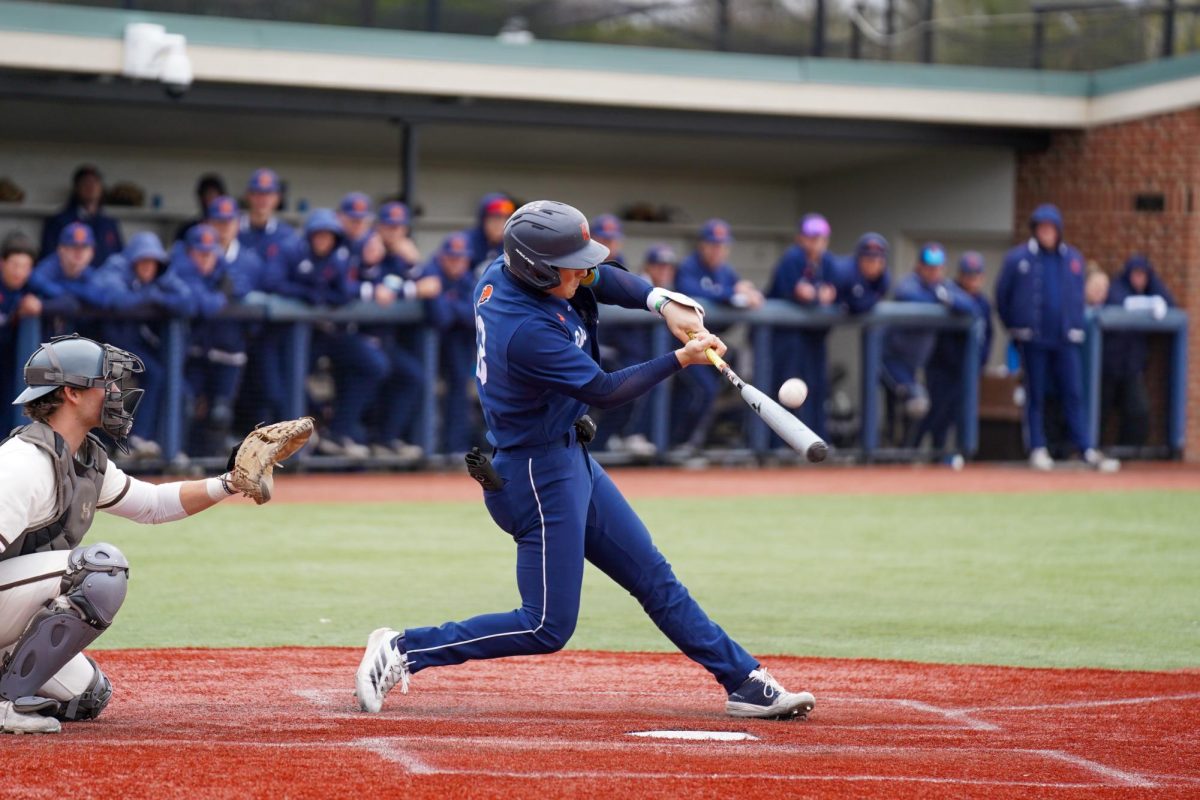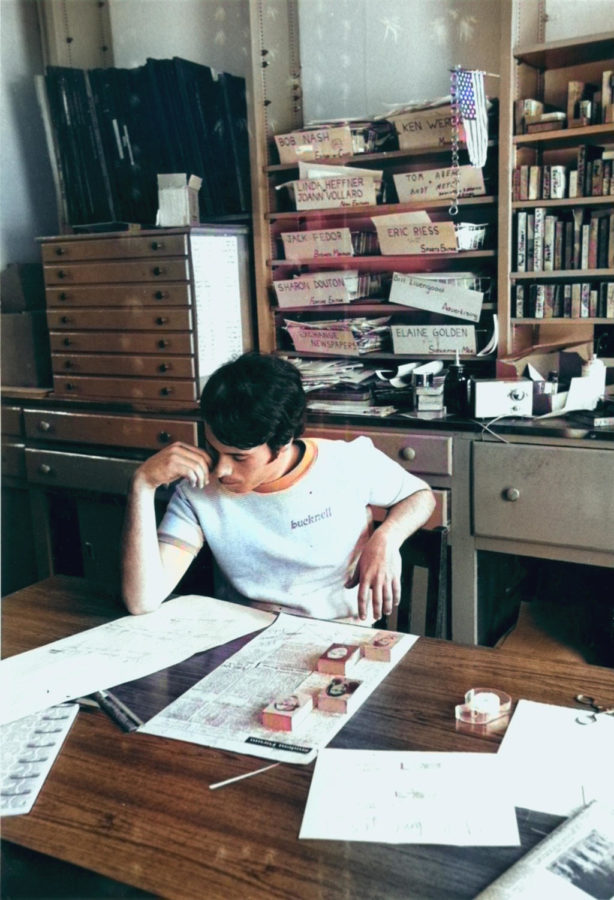Alice Rohrwacher’s newest feature film “La Chimera” had its local premiere at our Campus Theater earlier this month. It started with the intimate, nostalgic sound of cushats and the soundscape of a bird orchestra, which barely stopped until the very end of the film. Josh O’Connor, who you might know from “Challengers,” plays the English archaeologist Arthur, whose profession you couldn’t miss from a mile away, as his wardrobe consisted entirely of Earth tone suits and shirts. The only thing missing is his “Indiana Jones” hat. We are introduced to the film’s world through his eyes, literally with a POV shot, and through his dreams filmed with analog cameras and their imminent light leaks that suggest memory. But this is a film of deception, and he is no Indiana Jones.
Rohrwacher does more here than interrogate poverty in current or past Italy (the film is as anachronistic in its sets, costumes and characters as a Kaurismäki-directed film). It delves into the relationship the country has with masculinity and explores the complex politics of property. Arthur is the leader of a gang of seven grave robbers—tombaroli—information told to us through a traditional Italian song, invoking the myth of the outlaws and the magic number. Yet the music is interrupted by a short explanation: “Some people rob graves to fulfill the collective dream of poor peasants to find a treasure as a way of emerging from poverty.” That’s part of the key to the film: it’s not accusatory of theft; it understands it as a necessity for some people. The macho man gang activity is not glorified, and Arthur’s violent outbursts are never admired by the camera. Rather, they’re understood as something that gives the men a sense of purpose and meaning, along with the glory they all seek.
The title’s Chimera does more than bring to mind the mythological beast—which instantly pairs the story to the mystical—the word also means a want or desire that is illusory or out of reach. The lost partner we only meet in Arthur’s dreams would be the easy contender for the description, but I believe the screenplay wants something greater. The film may not be accusatory of theft, but it condemns the monetization of culture, the need to destroy it for “the anxiety of profit which only adds to the strain,” as another song sings. We are faced with poverty, but it needs a more specific word for the context of the film: ruin. The mother of Arthur’s (missing) lover lives in a mansion, but it looks like it’s about to crumble at any moment. Similarly, the abandoned train station is made of the half-broken walls of the past, in a deserted state like the many train tracks seen throughout. But when the train station begins to be used as everyone’s and no one’s space (a contradiction which the film embraces), it flourishes. That is perhaps the inaccessible want: a world where materialism is triumphed over. Objects are for the souls of the dead to admire, a character proclaims of the stolen artifacts.
In the beautiful scene where the gang of grave robbers opens the shrine to loot it, the camera goes in before them. It observes the effect that air exposure has on the wall paintings after a hundred years: it nearly erases them. No human can see the process, but the film tells us it’s there, the invisible decadence of putting a price on everything, like the art dealer Spartaco, who presents the shrine statue as invaluable only to explain its worth to potential profits.
So far, the compliments have mostly been literary, not cinematic. While the film offers less in regards to the latter, between the Fellini homage, the carnivalesque sequence of men in drag having fun in the town, the gorgeous Italian landscapes and the upside down camera as Arthur’s search ritual is complete, the film still manages to immerse the audience with its modern directing. It’s a recommended watch, among the many others that play weekly on Tuesdays at our own Campus Theater.


















